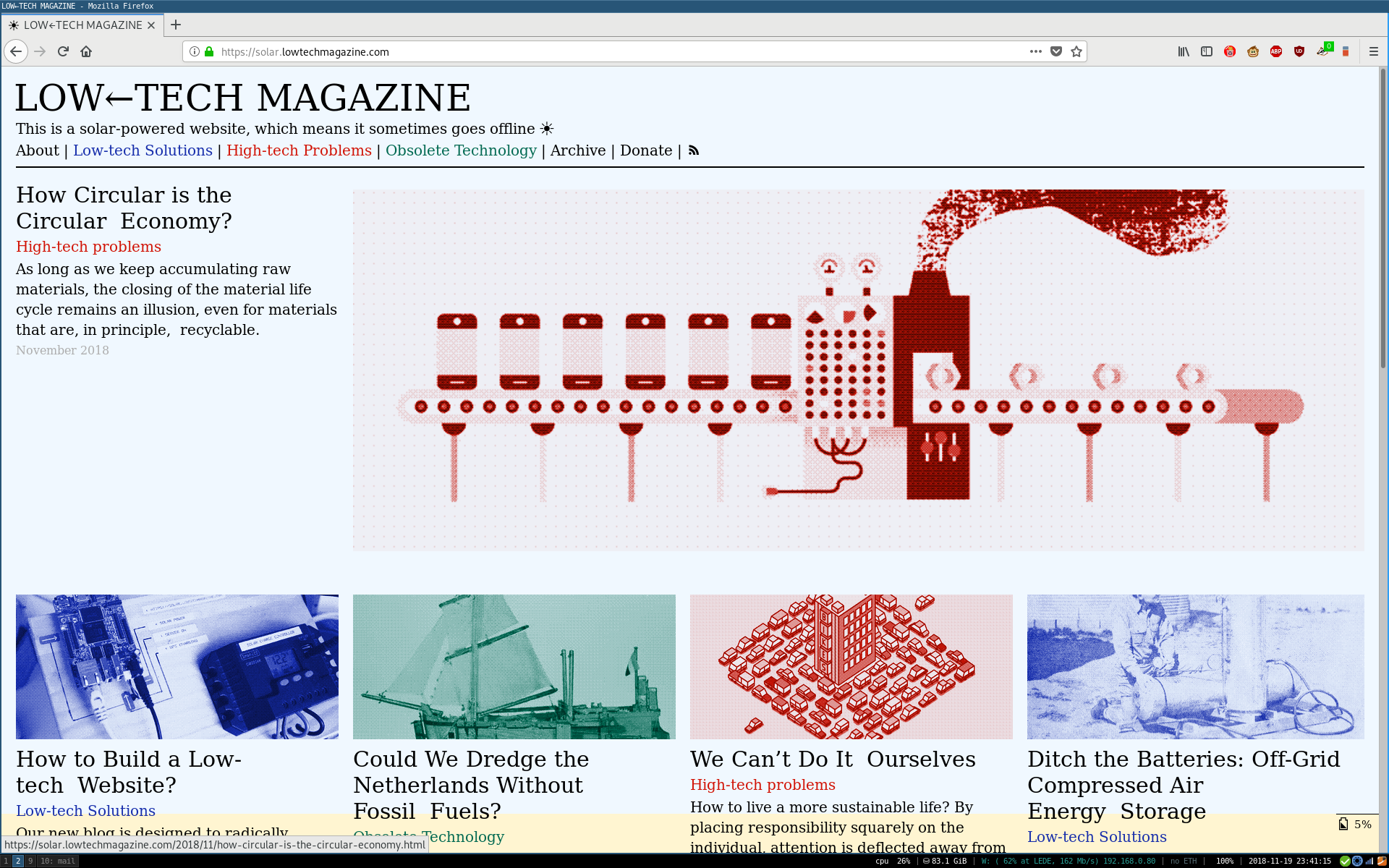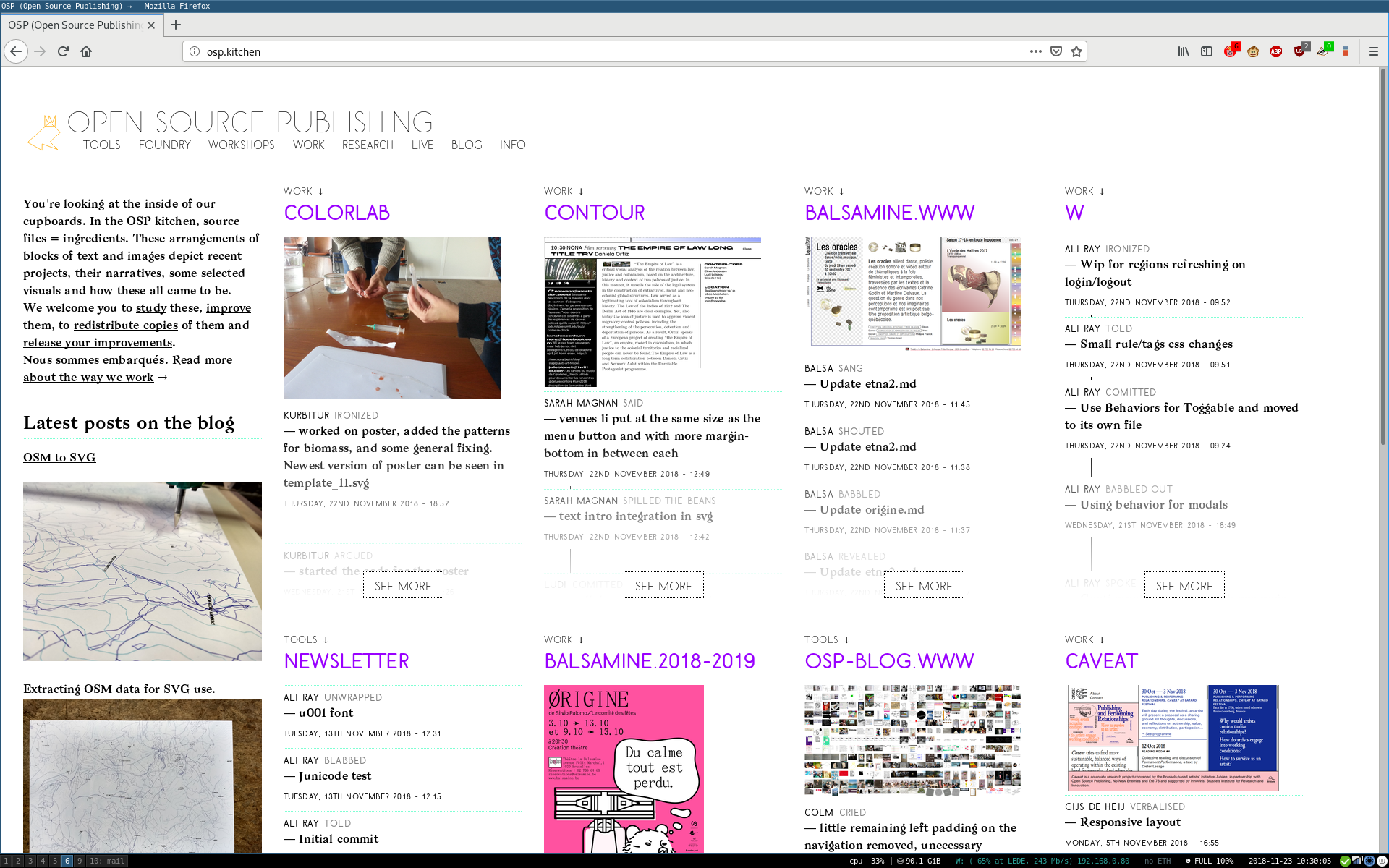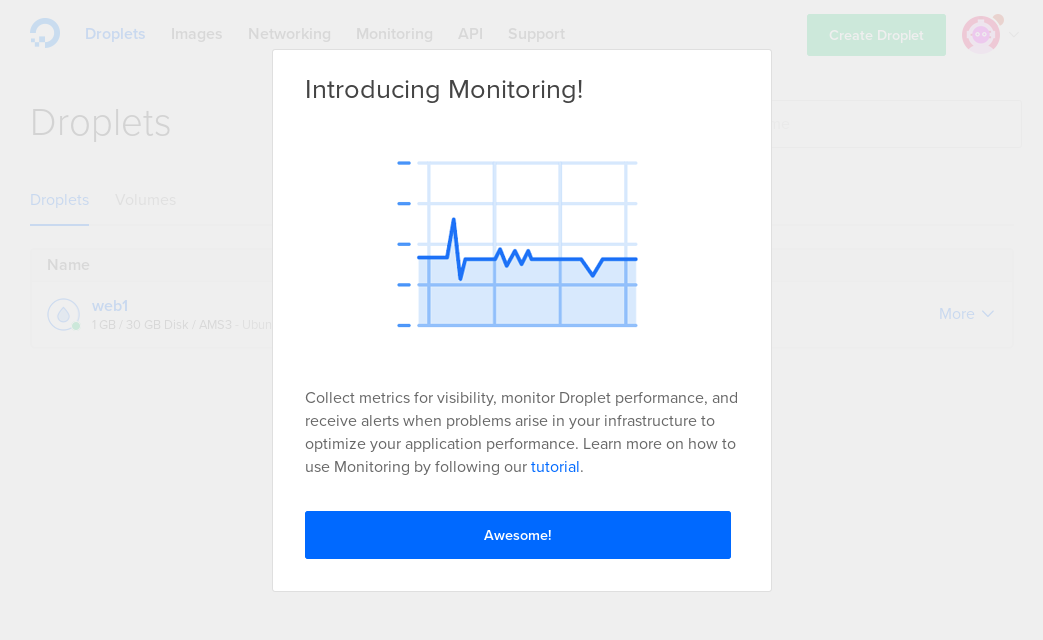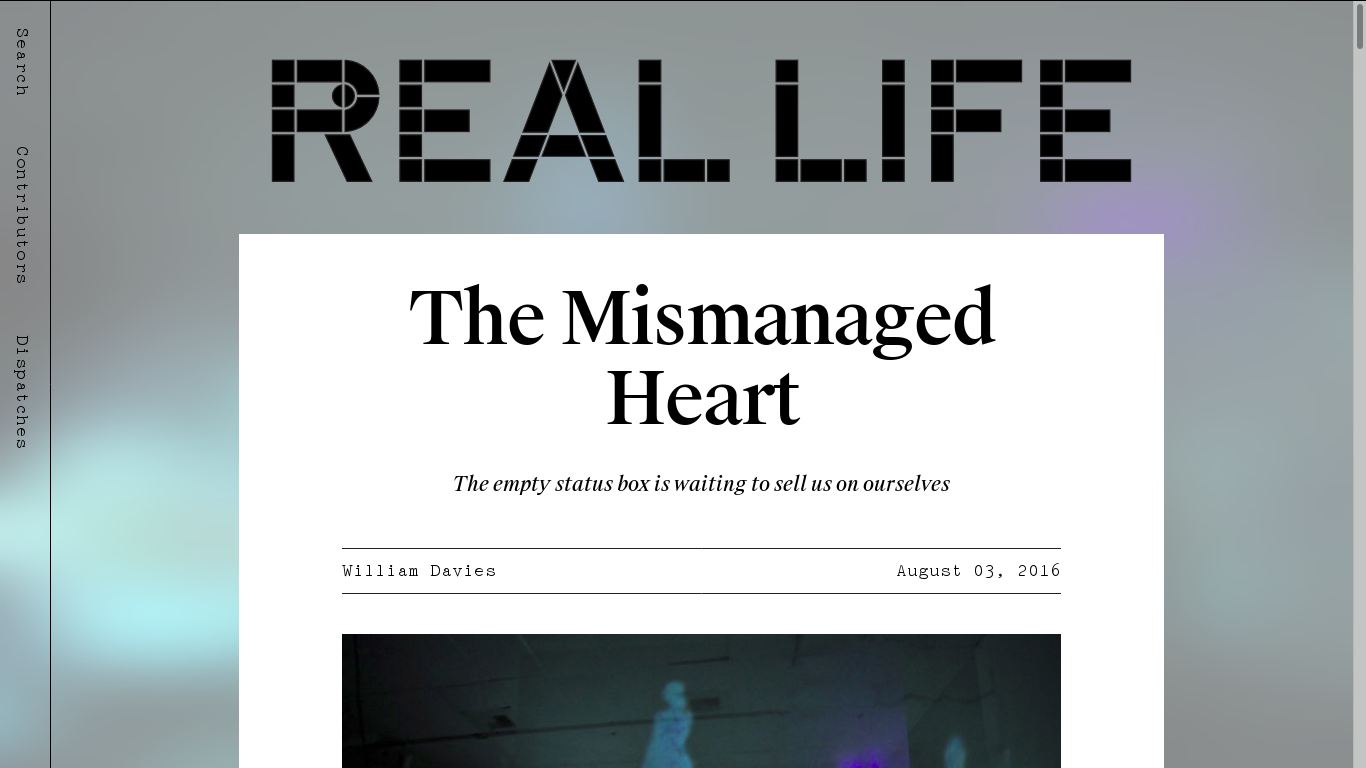Title: Universe of () images symposium Date: 2018/11/16 Template: slidy Status: draft
introduction
adversarial interfaces
universe of () images
2018/11/23
Colm O’Neill
colm.be
osp.kitchen
mail@colm.be
@colm@mastodon.cloud
modes of address
problematic and conflictual manors in which, we, as users, get addressed by our the services, websites, apps we employ online
Will Davies The mismanaged heart:
«If the function of informality is to erode the distinction between work and leisure, then informal rhetoric is a necessary feature of platforms that want to mediate and capitalize on all aspects of our lives, including work, family, and social life.»
Rather than ask coldly, “What is your date of birth?” platforms simply offer to help “celebrate your birthday!”
Rather than demand “your full address,” they invite you to identify a certain location as “home.”
[…]the rhetorical turn toward conviviality has also played a critical role, allowing surveillance to be administered and experienced as a form of care. ↳ it’s important to reflect on how this rhetorical turn actually works to engage us. ↳ Facebook and Twitter ask: ‘How are you?’ or ‘What is on your mind?’
renaming interfaces as experiences
Seamless interfaces:
two (or more) computer programs that are carefully joined together so that they appear to be a single program with a single user interface. A seamless interface will conceal the fact that it is created from several different programs.
Designing for experiences
- ‘experience designers’
- ‘user experience designers’
- ‘user interface designers’
- ‘interaction designers’
- ‘product designers’
Language shifts
- Computer → technology
- Interface → Experience
- Users → People
Lialina Olia, 2014. Rich User Experience, UX and Desktopization of War. [online] Available at: http://contemporary-home-computing.org/RUE/ [Accessed 10 October 2016]
a logic of totality
Deep integration, language shifts, design for experiences and convivial modes of address culminate in a logic of totality. Totalised spaces are frames that present themselves as all inclusive, all encapsulating spaces that have no outsides, they are everything, they become everything.
Adversarial design
Adversarial design is design that does the work of agonism. Agonism is a political theory that emphasizes the potentially positive aspects of certain forms of political conflict. Adversarial interfaces do the work of agonism in multiple ways: it expresses bias and divisive positions; it provides opportunities to participate in disputes over values, believes and desires; and it models alternate socio-material configurations that demonstrate possible futures.
Adversarial Interfaces
I put adversarial interfaces forwards as a way to point the finger at interface design as a space that needs more critical thinking. I believe that the methods we are given to interact with ear shaping technology, the windows we are given to interact with do not enable proper exploration or understanding of the matters at hand.
An adversarial interface can take most or any form so long as it exists / its purpose is to do the work of agonism for user interfaces.
examples of adversarial interfaces:
Website footprint — Joana Moll
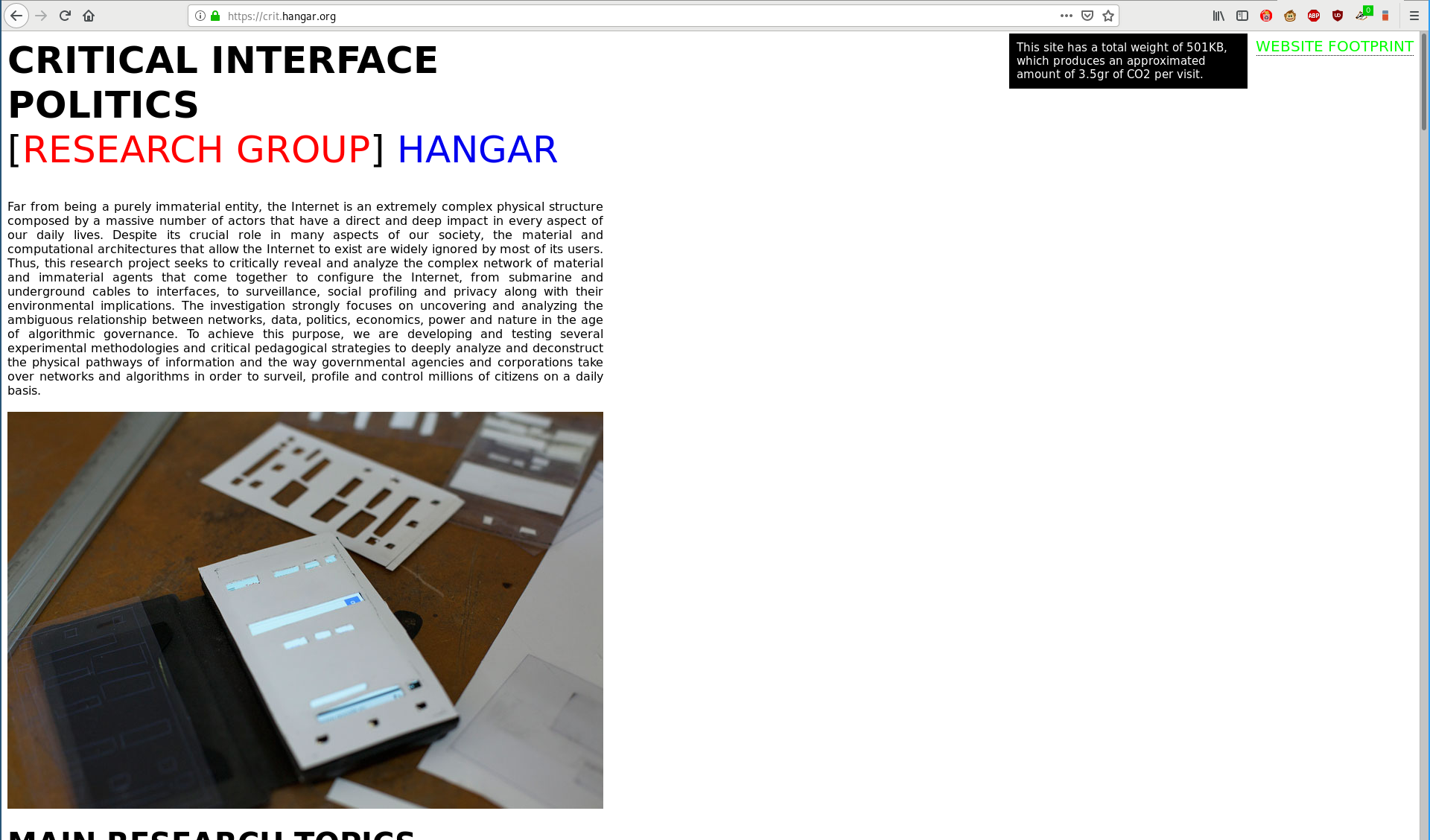

Server battery level — Low tech mag
